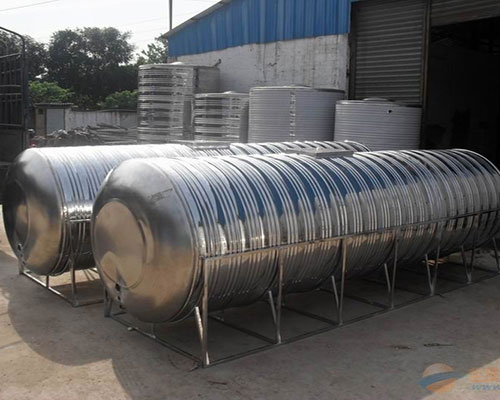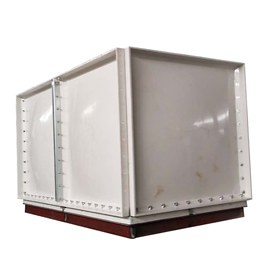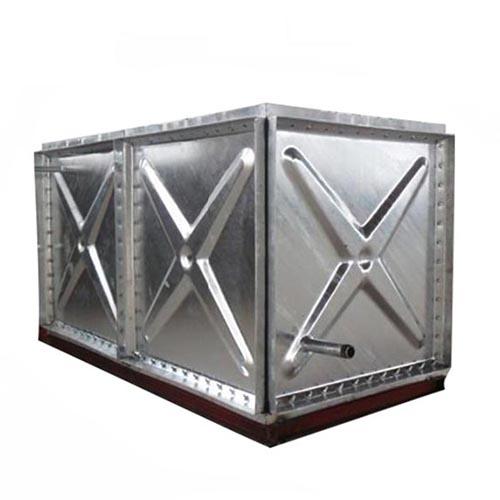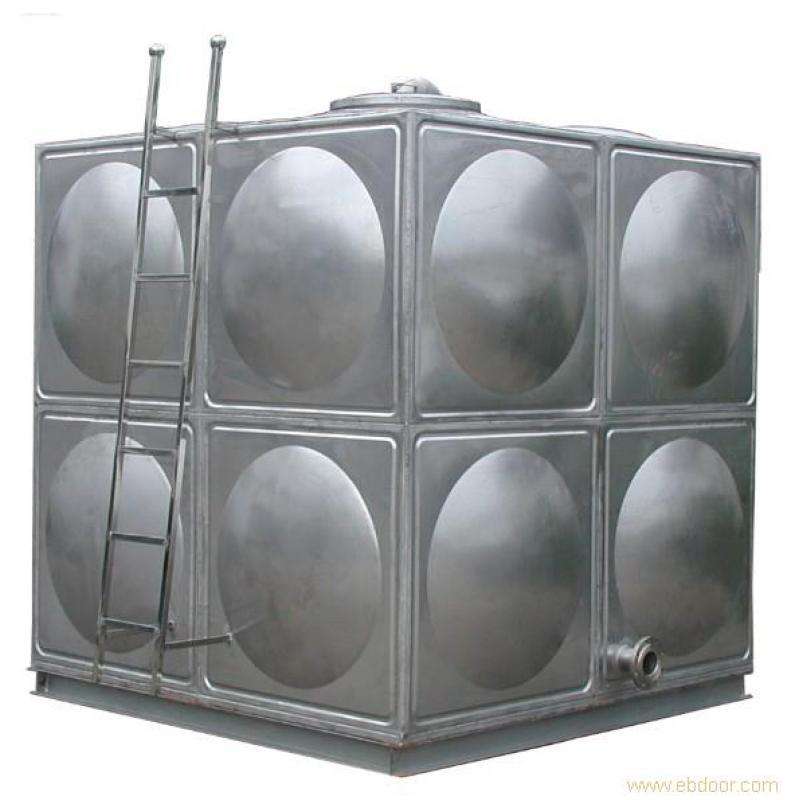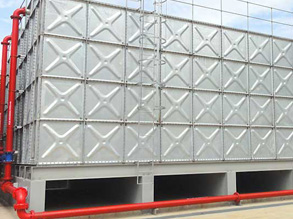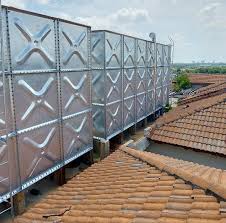This is where the process starts; it starts at the toilet. Once you finish your business there and flash the waste, it flows to the waste treatment plant. One toilet may not seem relevant, but what about combining hundreds of toilets all over the city. The flushed waste is enough to be converted into enough clean water to satisfy the city.
Let's leave the county water treatment plant alone and talk about the septic systems. These are things you can handle and use to start your own water treatment business. You probably wonder how a septic system works and what makes it the ideal choice for sewage water storage. I am here to give you a step by step guide of how they work, and the septic tank components. At the end of this article, you will understand the septic tank construction, design and how to take care of the system for good function.
We will also explain where the septic tanks are located and why they are installed in those particular places. A well constructed and installed septic system can serve you for decades. You, however, need to understand how it works and how to maintain it first and this article aims at helping you know that.
If you stay in a rural area or a vocational property in the middle of nowhere, you undoubtedly know the function of a septic system. This one operates like an onsite sewage treatment facility. It is mainly used in places where access to the central or municipal sewer system is not available or is economically practical.
A septic system is installed underground, and it is therefore out of site an odorless if well maintained. The best part about a septic system design is that it is maintenance free and therefore if you wish to start a water treatment business, you can count on it for saving your money. If well constructed, installed and maintained, it can serve you for an amazingly long period. However, the underground area where the sewage pipes are located will need treatment or replacement after about ten years of service. The rules are easy; do not use too much water and do not deposit material that cannot be broken down by bacteria and with these; you can be assured that it will serve you for decades.
Septic tank maintenance is not all that expensive, but you may end up spending thousands to dig up for replacement if the system has utterly failed to operate. Prevention will always better than cure. Proper maintenance begins with understanding how the system works and how it can fail and here is an outline.
Components
Septic system is mainly made of bacteria. The bacteria break down waste, and this allows water to seep into the earth safely. The system has been crafted to keep the bacteria busy and healthy. Some of them are found in the tank while others operate in the drain area. The waste products are divided as follows;
· Scum–this entails all waste, and it floats on top of the liquid surface
· Watery waste–also referred to as affluent, this is a clear liquid later and takes the largest part of the tank. The bacteria start by breaking down the organic material in the watery waste allowing the liquid layer to settle down.
· Sludge–this is a layer of solid material, and it falls on the bottom. It is made up of an inorganic material and bacterial digestion byproducts.
The septic tanks act as the settling pond for these products. Oils and greases float on top while solids settle at the bottom. The tank comes with a filter too which is meant to prevent solids from entering the outlet pipe while effluent is deposited in the drain field. The drain offers a large area, enough for bacteria to survive and allow treated water to seep in.
The other components are drain holes which are designed to allow effluent to seep into the gravel.
Wastewater piping – this is the pipe connecting the treatment tank to the house from sinks, showers, tubs, toilets and other outlets from the house to the septic tank. The waste from sinks is called greywater while that from the bathroom is called black water.
Septic tank - this is also referred to as the treatment tank, and it is meant to retain solid waste thus allowing watery waste to flow to an onsite disposal system.
Affluent piping – this is the pipe connecting the treatment tank to a distribution box. Its purpose is to allow for movement of effluent to the distribution box.
Absorption system – this system allows effluent to seep into the soils below and enable others to evaporate above. There are different methods of getting rid of septic affluent, and this is one of them.
Distribution box - this is the component connecting the effluent line from the waste tank to the drain field also known as the absorption system.
Bio-mat – also known as biomass, it is made of pathogen-digesting bacteria, which are contained in the soil below the absorption system. This is the component that makes up the waste liquid to efficiently discharge into the ground.
How does the septic system work?
The bacteria living in the septic tank breaks down the organic solids into liquids, which helps in reducing the sludge buildup in the tank. Then there is scum which aids in preventing odor from getting out and preventing air from entering the tank. There is an outlet tank which allows the flow of treated effluent from the tank and letting in new waste-water.
At this point, the affluent entails a large amount of dissolved pollutants which includes salt and other nutrients such as phosphorus and nitrogen compounds. It is also made of diseases causing germs and pathogens such as bacteria, viruses, and worms.
The settled water can then flow from the tank as clear water to the drain field where it is collected for treatment leaving the solid particles and oils behind. The cycle continues for as long as the septic that is not full yet.
Septic tank maintenance
A septic tank that has been well constructed and installed will not need regular pumping to get rid of sludge and scum. However, without the right knowledge of how the tank works, you may end up doing things that could destroy or harm the system.
Take an example of where you take dinner, and you have to clean your dishes. It could also be after washing clothes or taking a shower. Where does the waste go? The wastewater will go directly from the sink to the septic tank. The same happens when you relieve yourself in the toilet. After flashing, the waste is directed to the waste tank.
Solid material that decomposes slowly, such as food particles get flushed into the drains, and the bacteria breaks it down with time. You should note that things like diapers, pieces of clothes coffee grounds and cigarette butts may harm the system since they are hard to decompose. They may end up blocking the drain pipes which is not good for the tank.
If used too heavily, the garbage disposers' can send too much solid material to the septic system which may take longer to decompose and thus, you will be required to pump it often. Some components such as chemicals from synthetic fibers from washing machines cannot be broken down by the bacteria in the tank. Also, household chemicals such as disinfectants and antibacterial cleaners may kill the bacteria and therefore, the lesser you use them, the better.
Note that too much liquid waste over a short period can flush out the tank too fast. Excessive sludge hinders the bacteria's capacity to breakdown the waste. This in return causes overflow into the drain area.
Things such as shrubs and sticks will clog and damage the drain field. Soil and stones block effluent from seeping and prevents bacteria from getting oxygen. Cars driving near the drain field may cause this.
In the absorption area, the natural soil processes kill the organic creatures and nutrients, and this leads to pollution. The soil bacteria require bacteria to survive, and function and you should, therefore, avoid overwhelming the soul with a lot of effluents.
For maintenance, the top things to do are;
· Avoid letting indecomposable material from getting to the tank
· Regular pumping and cleaning of the system
Pumping septic tank
Again, pumping your septic tank regularly is of great essence in determining how long it can serve you. You should allow professionals to do it at least once in two years. This ensures that all solids are broken down to avoid clogging the drain field. It is essential for preventing system failure and increasing the system's service longevity. How do you know that your septic system needs pumping?
· Sluggish draining – if you notice that showers, toilets, draining tubs or washing machine are draining slowly and are not as energetic as before it could be an indication that the tank needs pumping. This is the most common and innocuous signs to look for.
· If you notice standing water – standing water is an indication that the tank is full. The water can start pooling in many areas around the property, but the most obvious sign is if it pools around the tank and the drain field. If you notice this, you should have it inspected and pumped immediately.
· Awful smell – if you notice an unpleasant smell around the installation area, it could be a sign that your tank is full. The gases will have nowhere to go, and they end up emanating from the drains, toilets, drain field, outdoor septic, and the tank area thus causing an unhealthy, gross problem. It is time for you to contact septic services for pumping.
· Because you feel it's time – do not wait until the system breaks down for you to start rushing the cleaning the system. The most recommended period is once in one to three years. You can, therefore, have it pumped without waiting for the system to exhibit any of the mentioned signs.
Now that you understand everything about how the septic tank works and how to look after the system, you are good to go. You can efficiently operate it rest assured that it will serve you for an extended period. If you wish to start a water treatment business, you can feel safe about getting it.
Be careful when getting a septic tank. After deciding that you are ready to get one, it is time to understand which the best septic tank for sewage water treatment. There are two types; the fiberglass septic tank and plastic septic tanks. Each one of these comes with its pros and cons, but the fiberglass is the most preferred as it is durable and easy to maintain. It can survive under harsh conditions, unlike the plastic one.
The fibreglasses are strong, but installation is more complicated than when it comes to plastic. Fiberglass is made of reinforced plastic which makes it as strong as concrete. With these, you do not have to worry about leaks. Also, when buying a septic tank, ensure that it is certified and fulfills the EN12566-1 and SR66 standards.
If you still have questions on how the system operates, you can let us explain further using septic system dummies, which allow us to show you every component and step through a model that looks just like the septic tank. This ensures that you are confident about it before making an order. All the best!

Hot Water Tanks
related posts
